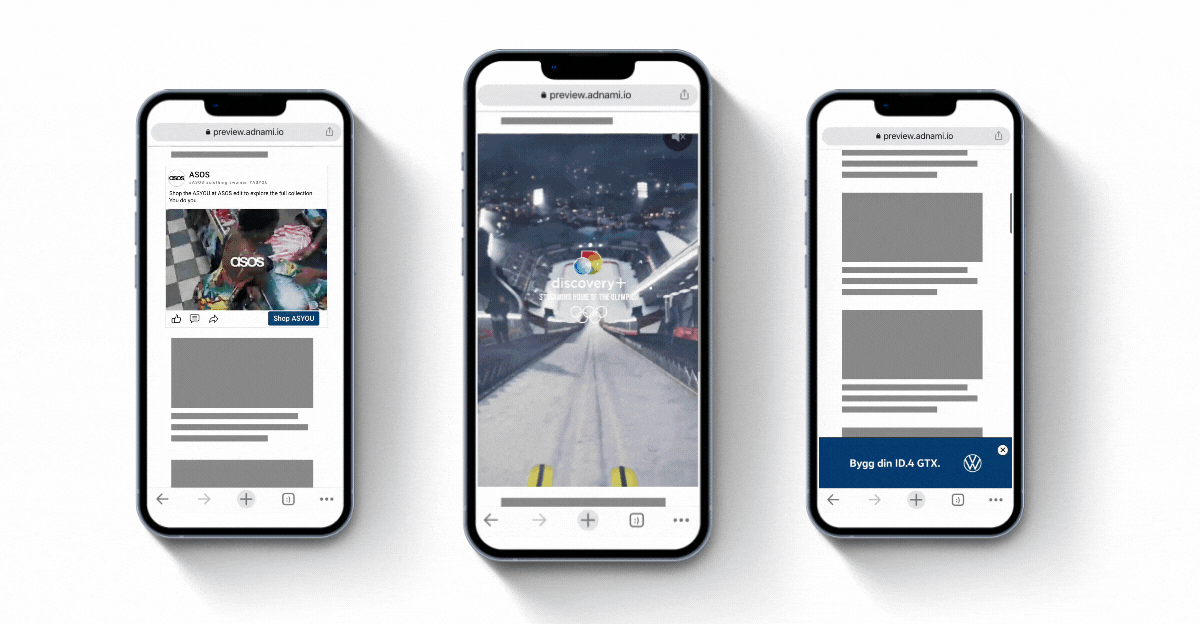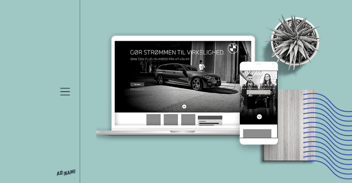Mobile advertising: how to stand out on the small screen
This much we all know: in the 15 years since the launch of the iPhone, that device, and ones like it, have transformed the way the world communicates, seeks entertainment and creates and digests content. You may very well be reading this on your phone right now. Don’t scroll past– we plan to say interesting things.
The basics: Why mobile advertising is important for you
As of last year, two thirds of the global population (5.22 billion) owns a mobile device, 70% of web traffic is mobile, and usage is only increasing. For advertisers, that means mobile is the horse to back, and they are certainly backing it. In 2022 we will see mobile ad spend overtake desktop for the first time. As far back as 2018, 87% of Facebook’s ad revenue came from mobile alone.
The challenge: Be attention seeking
Hi! Hello! Here we are! We have funny videos of cats! Got you. The central challenge of mobile advertising is to capture an audience’s attention. Advanced eye-tracking technology now delivers extremely accurate engagement data. However, capturing attention on mobile is no easy task. While 78% of mobile ads will be noticed in some way or other (compared to only 17% on desktop) mobile ads are typically looked at for 0.5 seconds less than on desktop. People are simply scrolling too fast on mobile to fully digest ad content.
How to build your mobile ad campaign
Step 1: The formats
-
Banner: This format has been around since the dawn of digital marketing. It is still widely used but declining in popularity as modern attention metrics highlight its dwindling performance.
-
Video: Extremely popular thanks to its ability to grab (and keep) attention, bringing the customer close to the marketer's product or service in an engaging, emotional way.
-
Native: Ads delivered in the editorial tone and style of the place in which they are served, and therefore not immediately obvious as ads. Facebook are past masters of this.
-
In-app: Has grown in popularity in tandem with all of our guilty mobile habits. Campaigns served in mobile apps enable advertisers to target a specific audience based on an app's demographic.
-
High impact: The new kid on the block, and the darling of current digital ad trends. These large formats play to a strong creative to gain attention and provide class-leading performance metrics as a result.
Step 2: Building the campaign
-
Budget: Marketers are sending increasing proportions of their budget towards mobile advertising (35.7% on average) and this is especially important for brand impact. Ensuring the percentage of your total category spend is above that of your market share is a strong rule of thumb in encouraging brand growth.
-
Creative: As cookies dwindle and other privacy/consent legislation comes into play, high-quality ad creative is key to engaging an audience, and nothing grabs consumer attention - or increases brand recall - quite like animation or video. That’s why a shift towards mobile-first campaign design is critical. Harnessing the power of emotional storytelling likewise increases attention, so consider how to make your audience feel. Ensure your campaign’s creative is clear to read, of course, but specifically allow yourself no more than one key message. People browse quickly on mobile, so clarity of purpose is key.
-
Channel and duration: Repeating the ad over time and across a variety of channels will do wonders for brand recognition. A simple point, but one that bears repeating.
The best chance of success: high impact advertising

Midscroll Anchor for Volkswagen
Get in touch
Want to know more about our formats and templates for mobile? Reach out through this form.



.png?width=352&name=Blog%20covers%20(10).png)